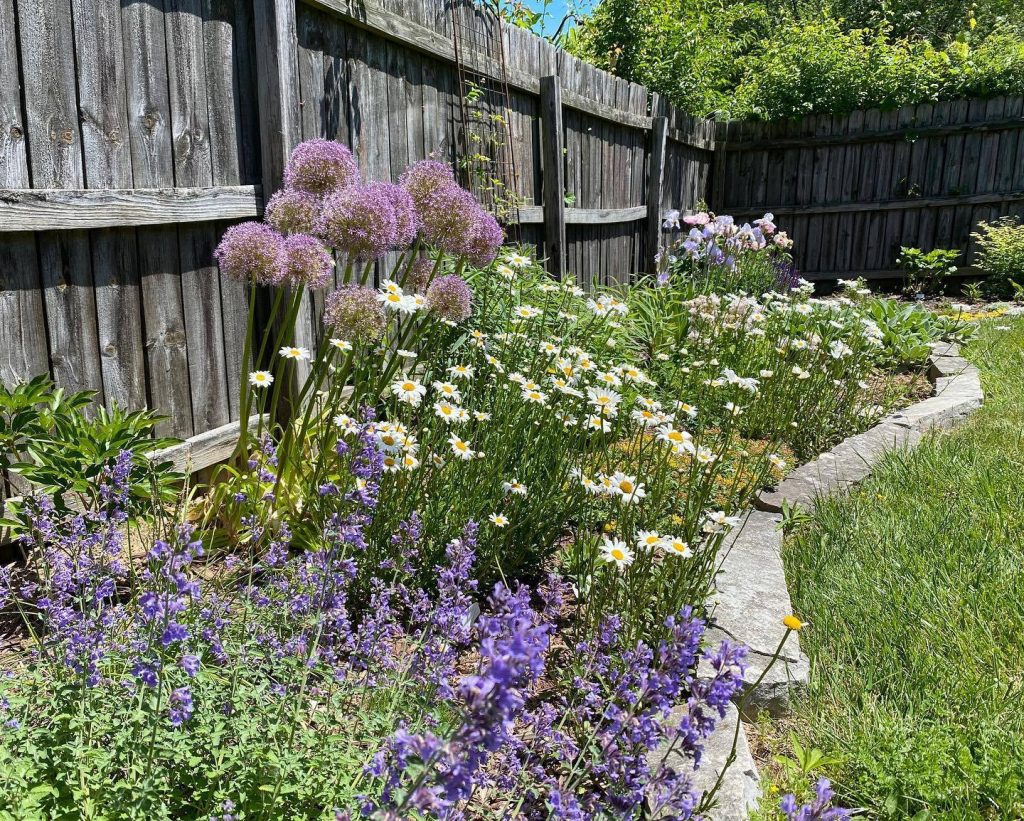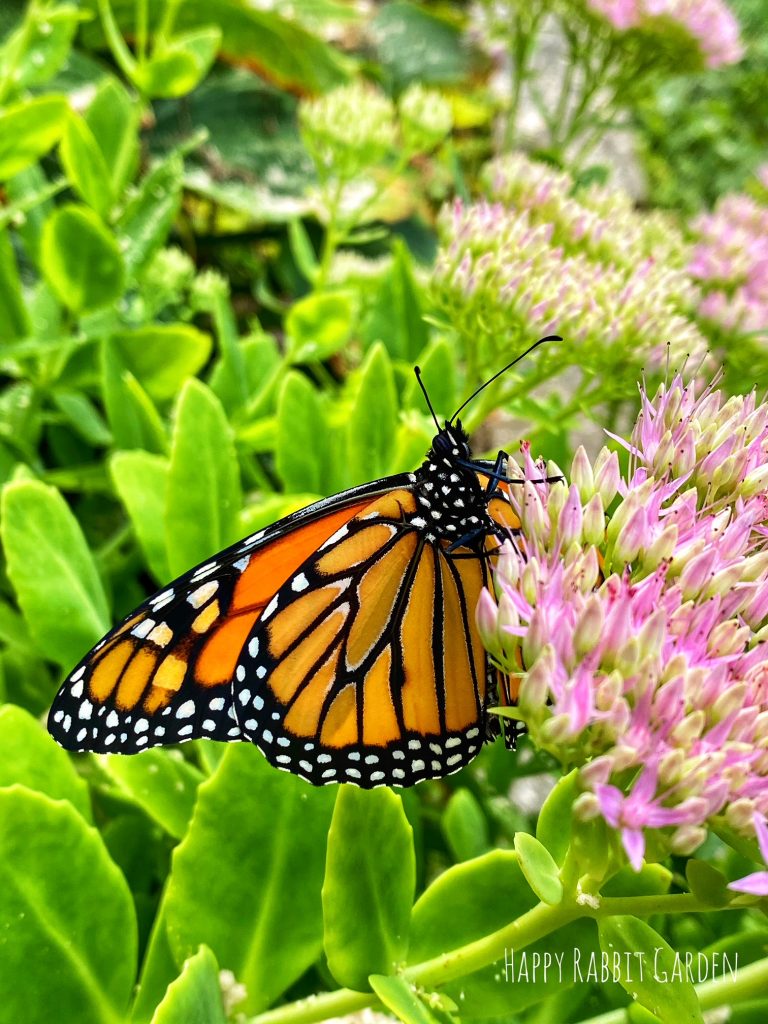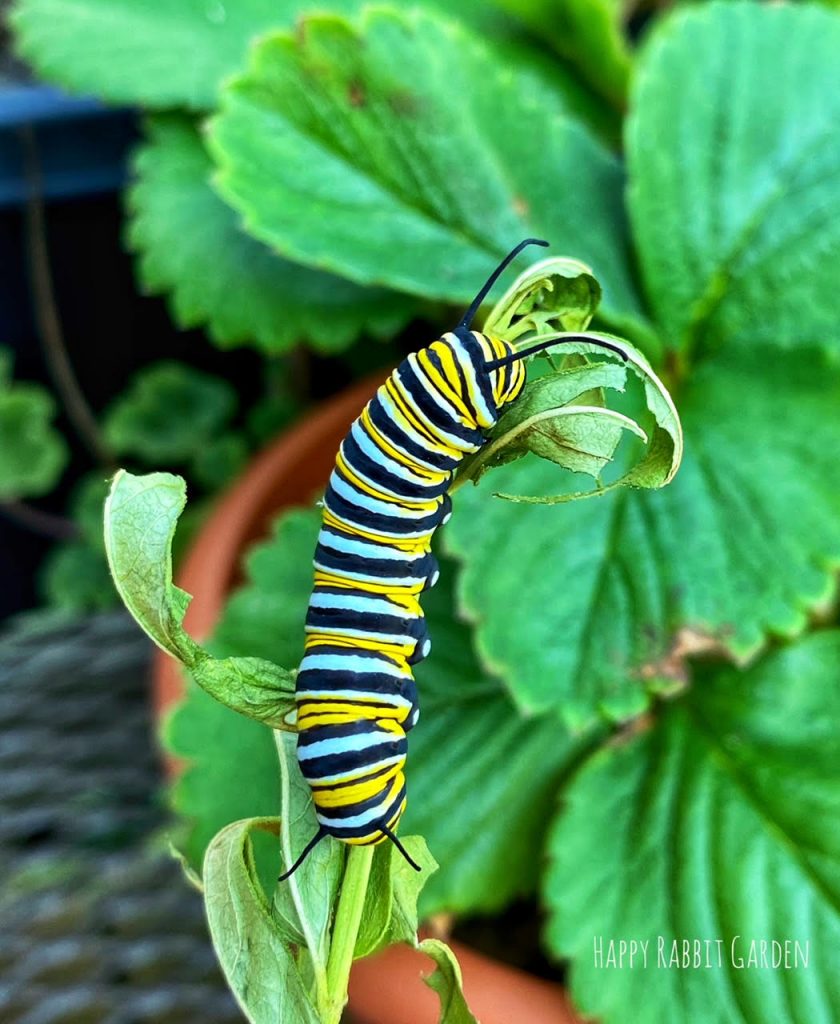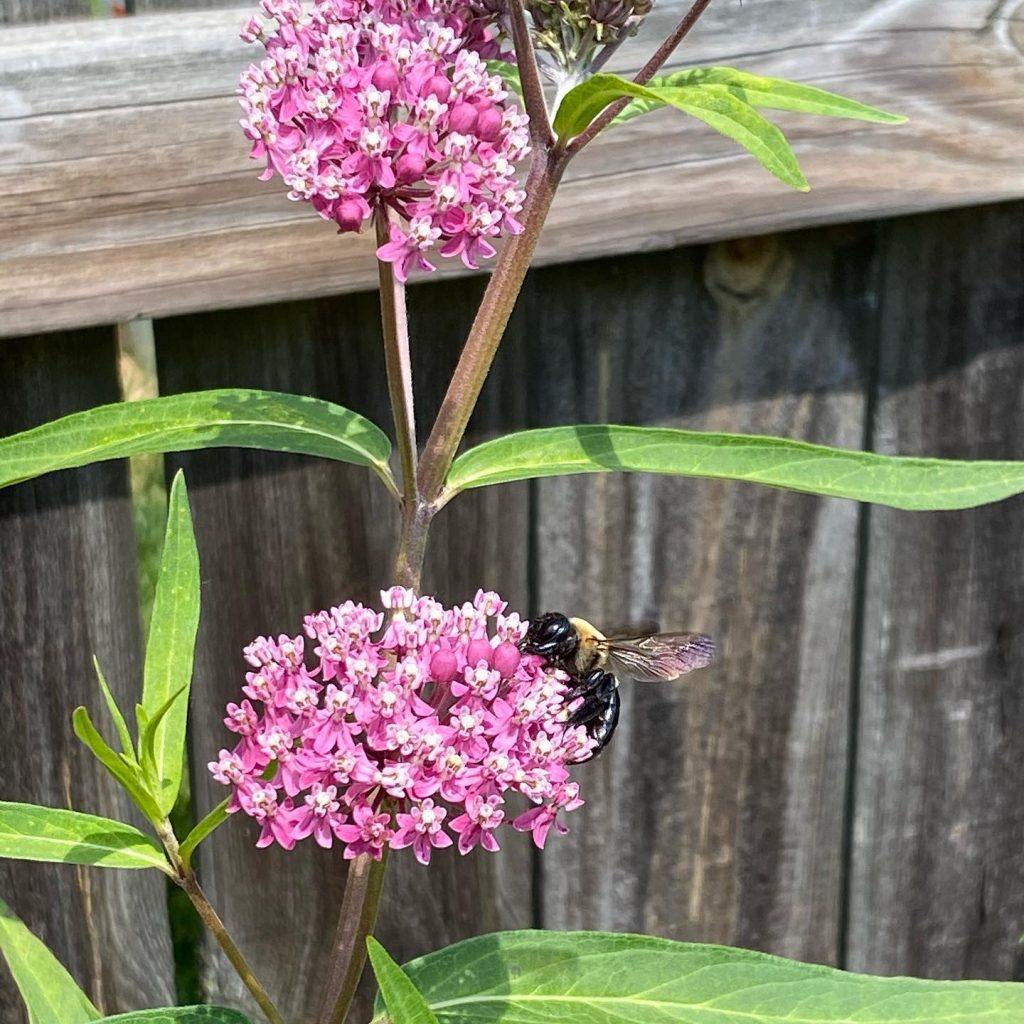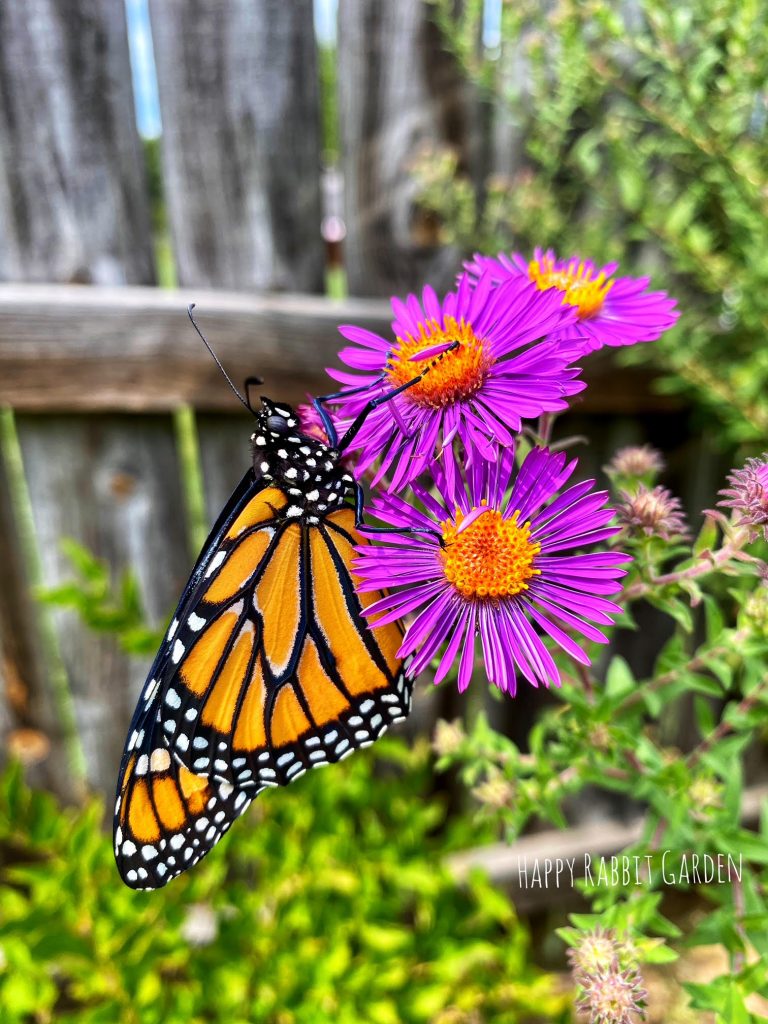I think spring must be my favorite season. Aside from my allergies, which are definitely trying to kill me through sheer irritation, watching all the trees bud and the garden coming back to life really makes this the best time of year. I love hiking through the woods and checking out the spring wildflowers. I love watching the first bees of the year bouncing wildly around from flower to flower. I love walking through the garden each day, checking out which perennials have started to break through the earth again, and which trees have sprouted leaves. I love watching all the seedlings growing and daydreaming about the first flowers and vegetable harvests. Looking outside at all the green just makes me feel like myself again.
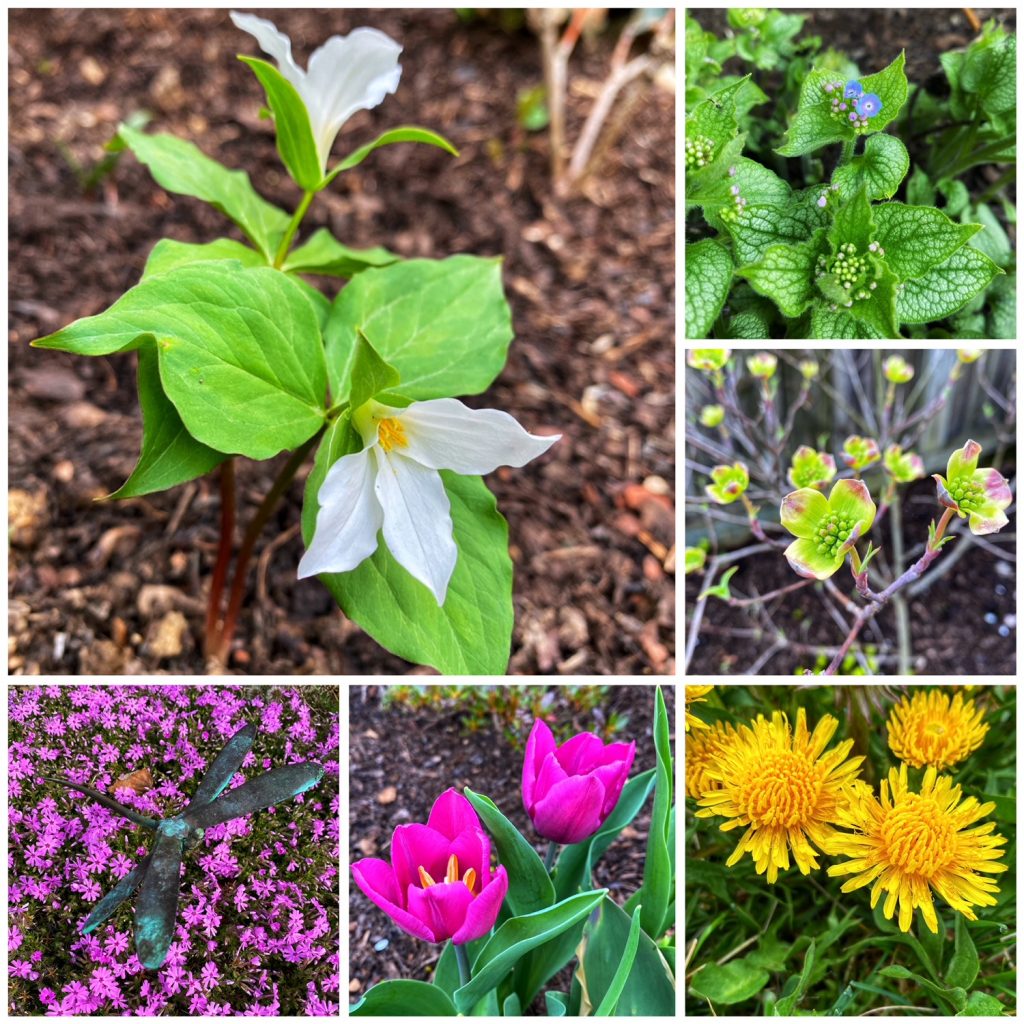
Giant White Trillium, Brunerra, Flowering Dogwood, Creeping Phlox, Tulips, and Dandelions
I’ve been busy this past week, cleaning up the yard. Last years flowers have all been trimmed away, and I discovered a few solitary bee nurseries in some dried out sunflower stalks. The baby bees had already flown the coop, but it was really exciting to know that they had spent the winter there before hatching this spring.
I also started some more seeds, which have been sprouting up in the cold frame out on the deck. In a few weeks, I’ll finish up planting the rest of the seeds that prefer to start life in their final growing space. For now, I have an arsenal of flowers and herbs sprouting. I have a few types of thyme, parsley, oregano, basil, fennel, cilantro, and borage, as well as marigolds, bachelor button flowers, german chamomile, zinnias, prairie dropseed, and little bluestem.
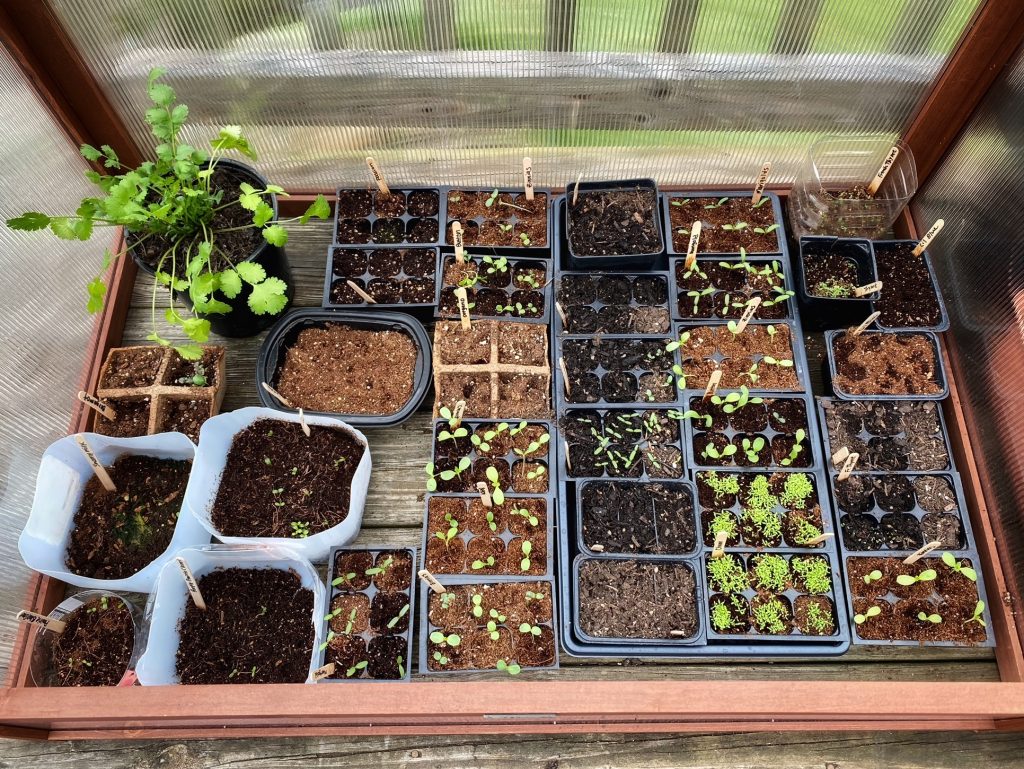
No Vacancy
I also popped the lids off of the seeds that I started in the milk jugs in January through winter sowing. I had decent germination, and so the prairie milkweed, prairie blazing star, and purple prairie clover is coming along well. I’ve never successfully grown any of these native species from seed before, so I’m excited that this method worked out so well.
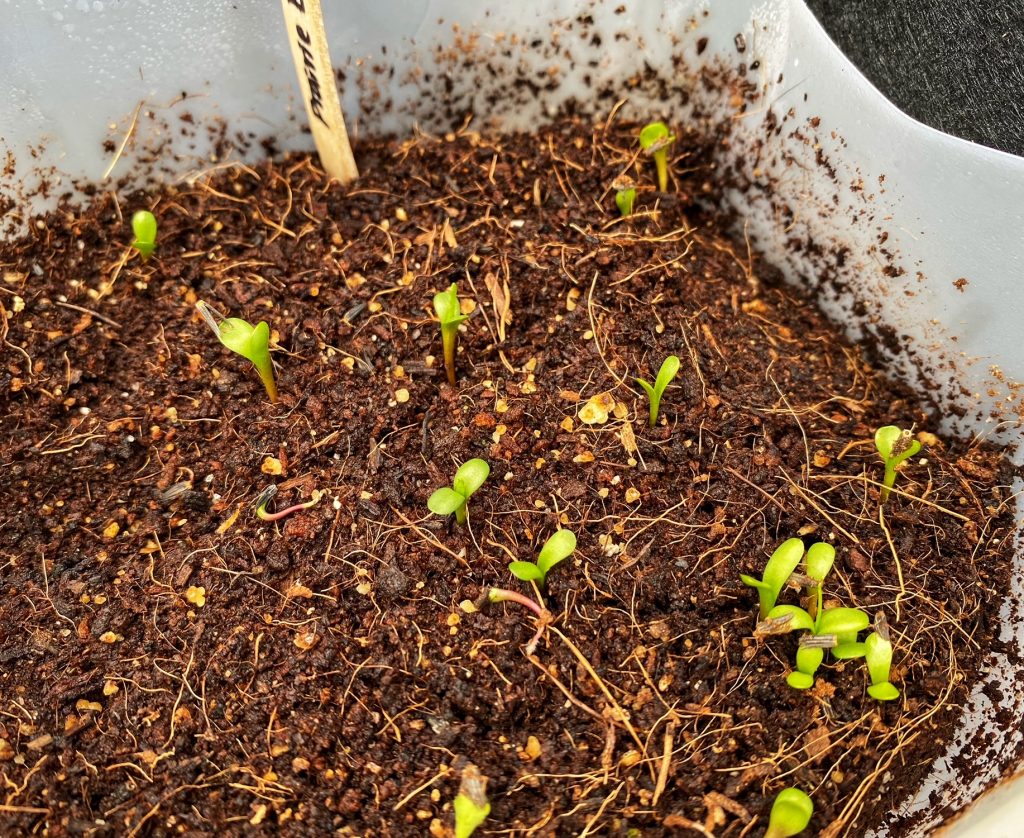
The butterflies are going to love this blazing star once it grows up!
After all that trimming, weeding, and seed starting, one would think it would be time to take off the gardening gloves and sit back on the deck with a nice cup of tea. While that does sound wonderful, I may have gone a different route…
I’ve had the idea of a wildlife pond in the back of my mind for awhile now. Water = life, and I love thinking of all the bugs, birds, and amphibians we could have traipsing around a pond. In the summer, we can hear the frogs at night, bellowing to one another from the creek behind our house. But, that’s tens of yards away. I want that in our yard. So, ignoring the fact that I already have quite a few large-ish projects planned for the next month or two, I decided a wildlife pond had to happen. Right now.
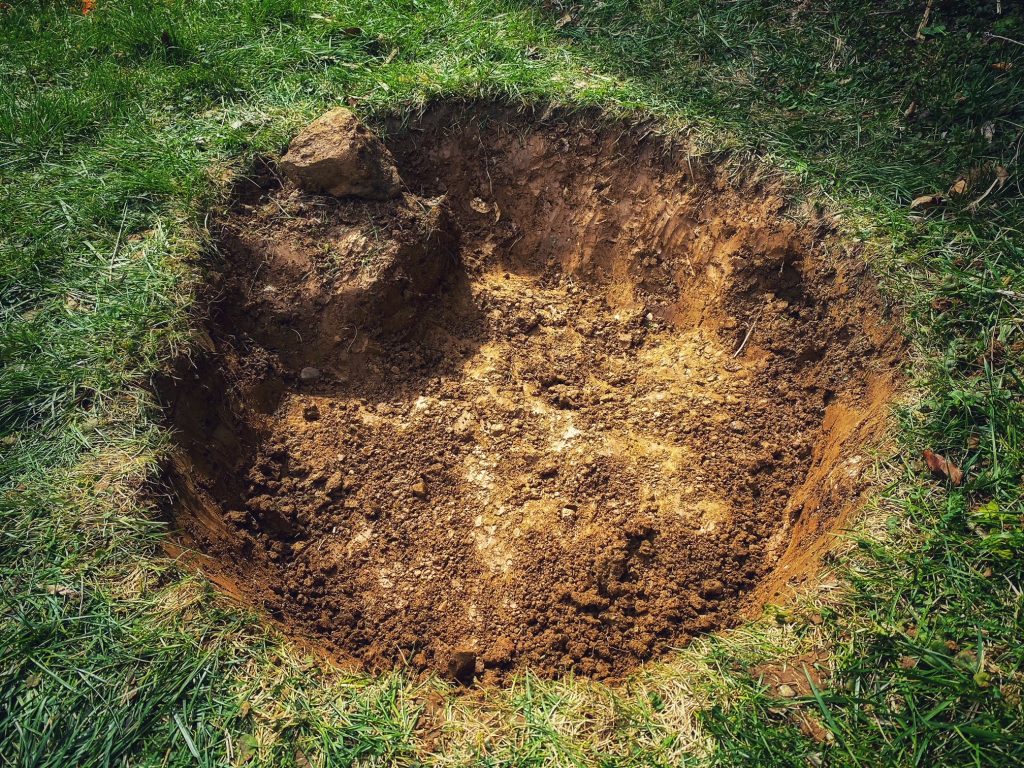
In a hole in the ground, there lived a pond.
The husband, well used to my schemes by now, raised nary an eyebrow when I asked if he’d help me dig the pond out. We discovered a huge rock while excavating, which will actually work out nicely. I plan to turn that end into a little ramp so critters can wade down into the water at their leisure.
The pond is about 2′ deep, and I picked up some lining for it yesterday. I’ll line the pond, add rocks to hold the liner down, fill it up, and then get to the fun part: planting.
I wanted as many native species as possible to live in and around the pond, which will draw in even more wildlife. I have maidenhair ferns, jack-in-the-pulpits, creek sedge, sea oats, wild geraniums, marsh marigolds, blue flag irises, sweet flags, and rue anemone. These plants are all native to our area, many being host plants for multiple species of Lepidoptera (butterflies and moths). The area gets some sun in the morning, but is mostly a fairly shady spot. These plants should thrive there, given that they don’t love full sun, but do enjoy waterfront living.
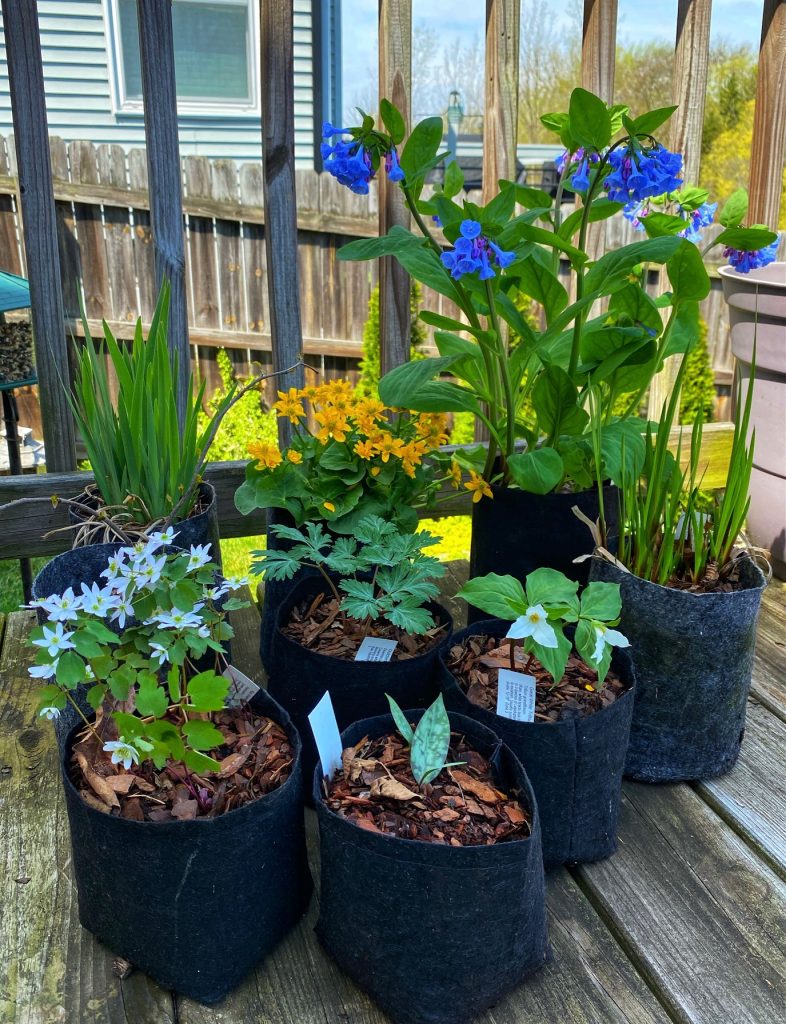
The haul from a recent trip to Scioto Gardens, an amazing nursery in the Columbus, Ohio area that sells all native plant and trees.
While I’m on the subject of native plants (and when am I not, really?!), I want to take a moment to talk about a non-native (to our area): the Bradford Pear, which is a type of callery pear tree.
Bradford Pears are originally from southeast Asia, and were introduced to the US in the early 1960s, by the US Department of Agriculture. They were first planted here because they grow quickly, stay relatively small, and have a narrow shape, making them easy to fit into the landscaping of many houses in the cities and the ‘burbs. Since the trees are sterile, it was thought that they’d just be a nice-looking flowering tree in the springtime.
Unfortunately, these trees cross-pollinate like wild, and they have spread all over the eastern and midwest regions of the US. They’ve been declared an invasive species in many states, and have caused millions of dollars in damages.
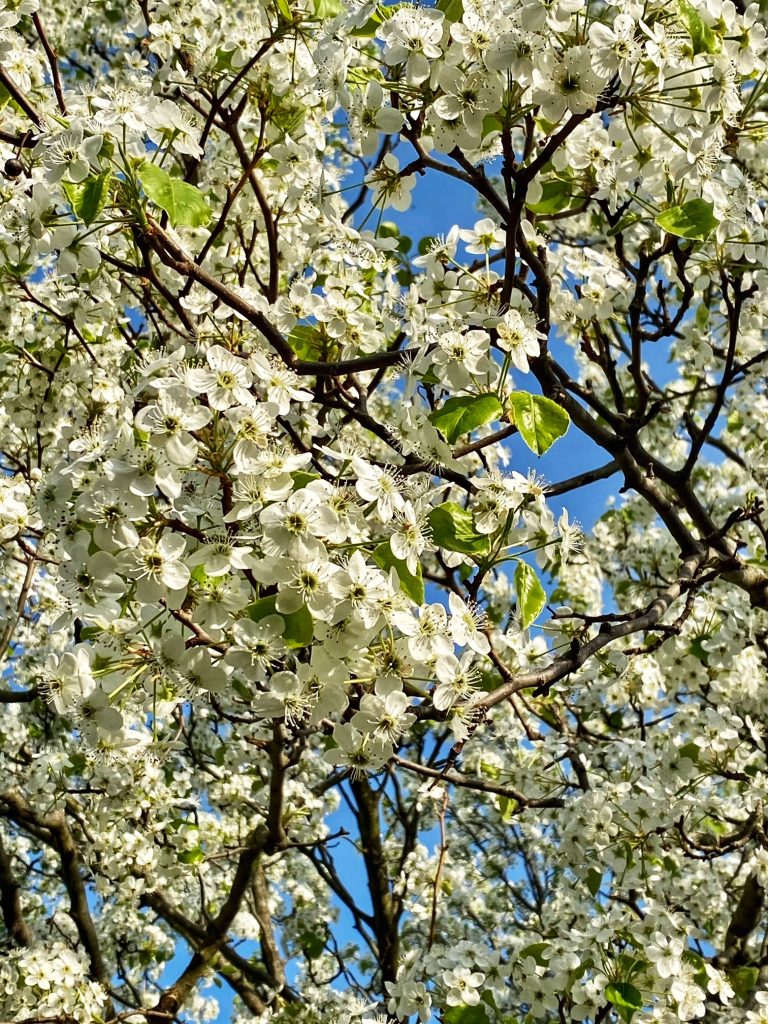
Bradford Pears are early bloomers. Their flowers kind of smell like dead fish, and they could probably blow down if you sneezed on one hard enough.
Bradford Pears only live for about 20 years, but many don’t even make it that long. The branches sort of grow up, not out, and their tall, narrow shape makes them easy targets for storm damage, from wind, snow, and ice (things we have in abundance in the east and the midwest where they grow).
The trees are one of the first in bloom in our neck of the woods, and their thick foliage blocks out the light underneath them, keeping native species from the sunlight they need to grow. They cross-pollinate with every other pear tree around, which leads to these trees taking over. Just in the field behind our house, I count twelve of them, and I know they weren’t planted there by anyone.
In 2017, the Bradford Pear was declared an invasive species in Ohio. However, nurseries and stores have until the end of 2022 before it will become illegal to propagate, sell, or distribute these trees. Many other states have followed suit, but since the tree is so popular (they live in front of about every house just in my neighborhood alone), and selling them makes growers money, some states have been hesitant to ban the sale of Bradford Pears.
I share this information because as gardeners, we have a great opportunity to make our yards beautiful havens, both for ourselves, and the wildlife with whom we share our land. I don’t imagine most people would willingly plant something that they knew would cause so much harm to the area. When you pop out to the garden center, you sort of expect everything there to be beneficial- that the plants are pleasant to look at, and nice for the yard. But a little bit of research into what you’re adding to your space can really be eye-opening. Maybe instead of that Bradford Pear, try a native serviceberry, or a something like arrowwood viburnum, a similarly sized tree, with gorgeous white blooms. Or, for some brilliant color, add in an eastern redbud with it’s purple-pink flowers.
That’s all from the soap box (for now… mwahaha). Hope your week is filled with sunshine and relaxing. Happy gardening!

Flowering Dogwood- another tree that is native to much of the eastern US

